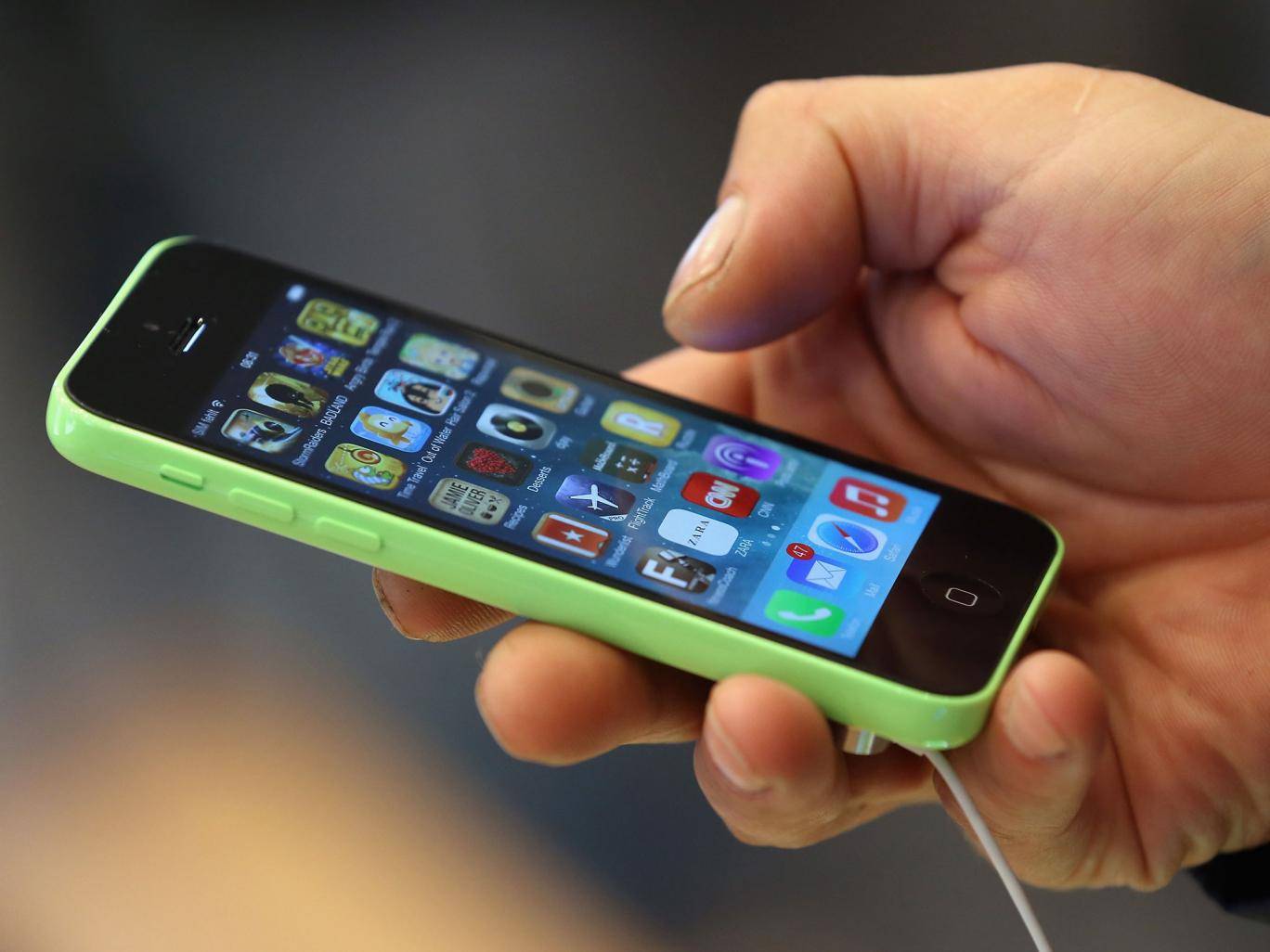Early Facebook and Google employees are planning to lobby against tech addiction
A new alliance made up of former Silicon Valley cronies has assembled to challenge the technological Frankenstein they’ve collectively created. “The Center for Humane Technology” is a group comprising former employees and pals of Google, Facebook, and Mozilla. The nonprofit hopes that it can raise awareness about the societal tolls of technology, which its members believe are inherently addictive. The group will lobby for a bill to research the effects of technology on children’s health.
On Feb. 7, the group’s members will participate in a conference focused on digital health for kids, hosted by the nonprofit Common Sense.
The group also plans an anti-tech addiction ad campaign at 55,000 schools across America, and has another $50 million in media airtime donated by partners which include Comcast and DirecTV.
The group’s co-founder, a former Google design ethicist, told Quartz that tech companies “profit by drilling into our brains to pull the attention out of it, by using persuasion techniques to keep [us] hooked.” And the group’s web page argues that “What began as a race to monetize our attention is now eroding the pillars of our society: mental health, democracy, social relationships, and our children.”



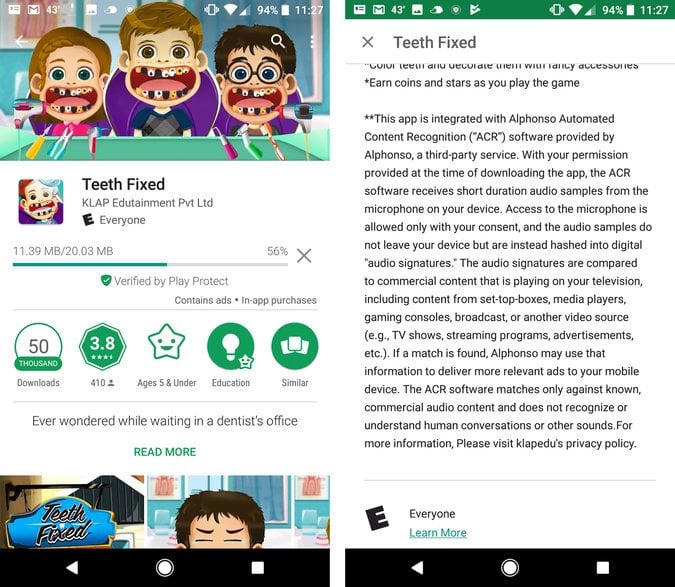
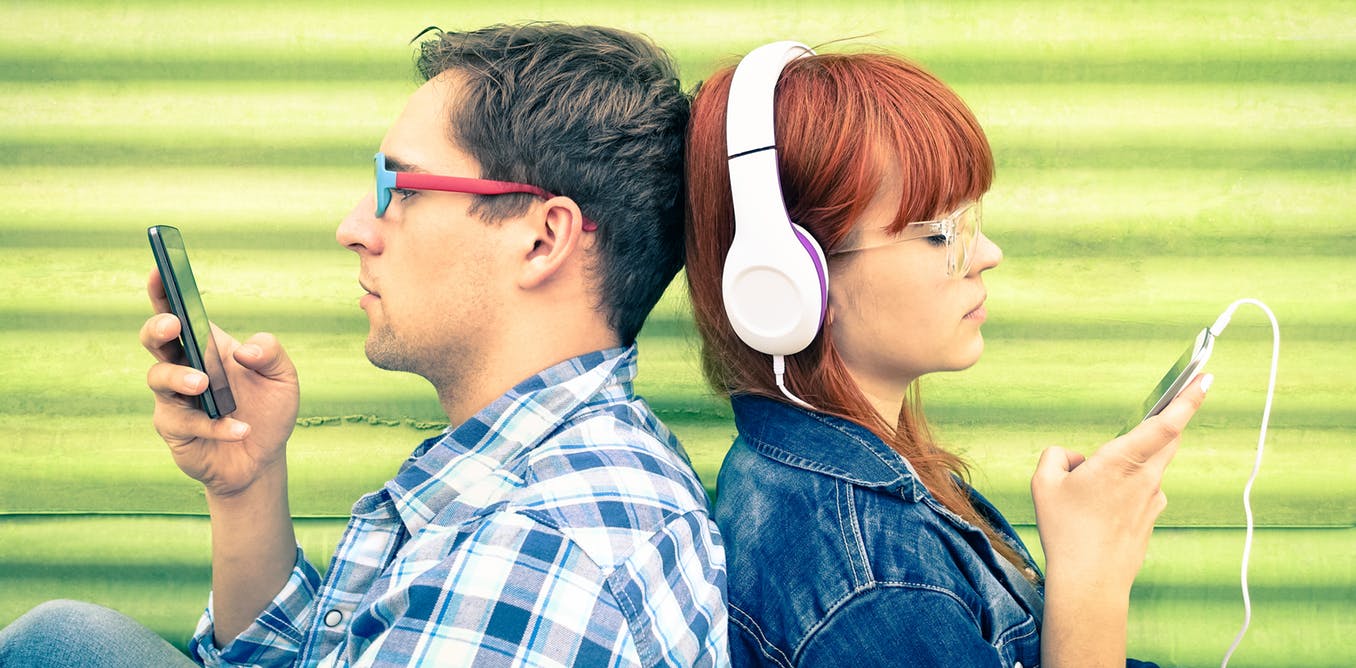
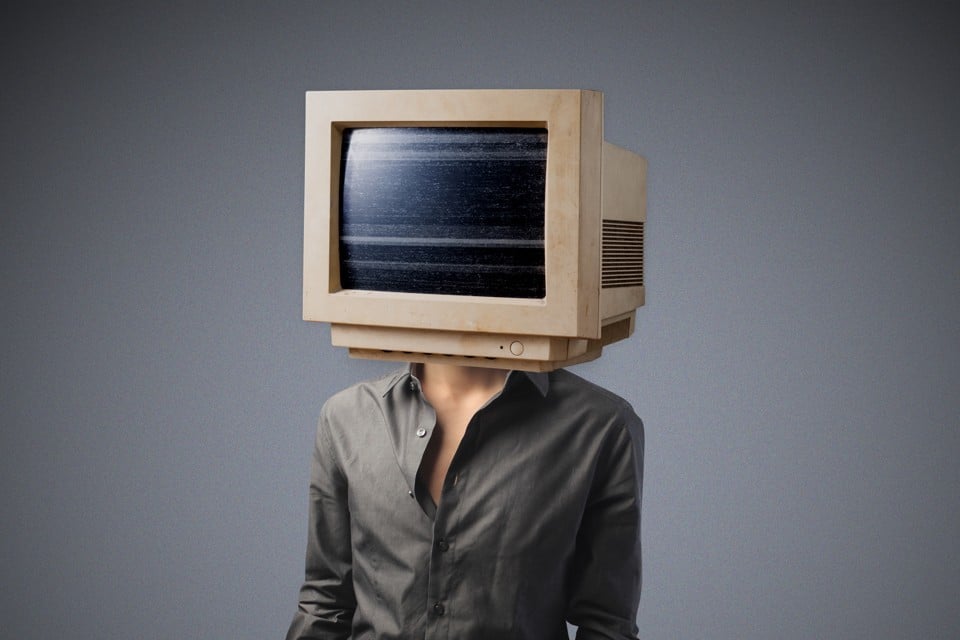
 “Right now, in a handful of computing labs scattered across the world, new software is being developed which has the potential to completely change our relationship with technology. Affective computing is about creating technology which recognizes and responds to your emotions. Using webcams, microphones or biometric sensors, the software uses a person’s physical reactions to analyze their emotional state, generating data which can then be used to monitor, mimic or manipulate that person’s emotions.”
“Right now, in a handful of computing labs scattered across the world, new software is being developed which has the potential to completely change our relationship with technology. Affective computing is about creating technology which recognizes and responds to your emotions. Using webcams, microphones or biometric sensors, the software uses a person’s physical reactions to analyze their emotional state, generating data which can then be used to monitor, mimic or manipulate that person’s emotions.”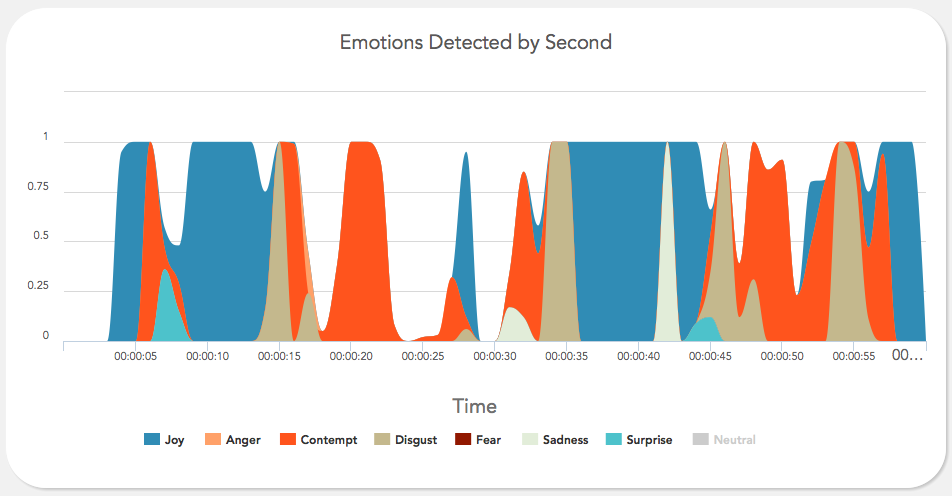
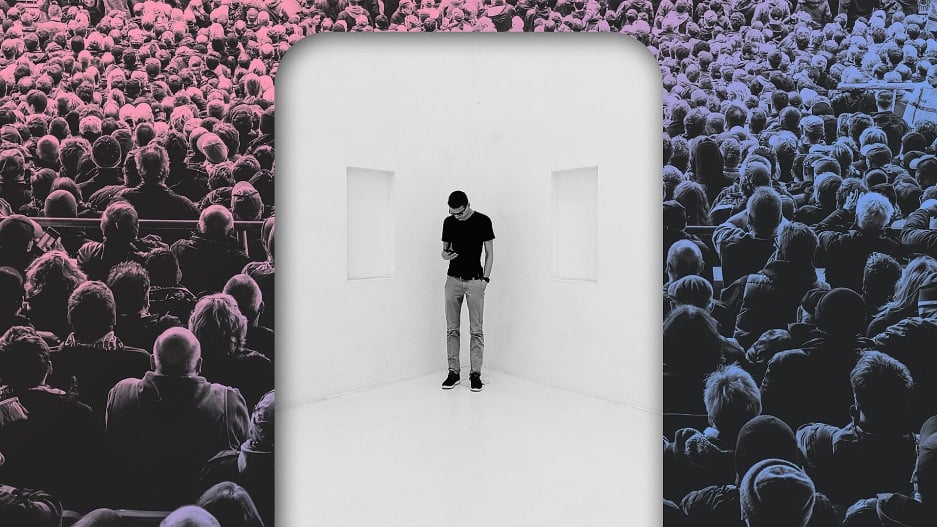
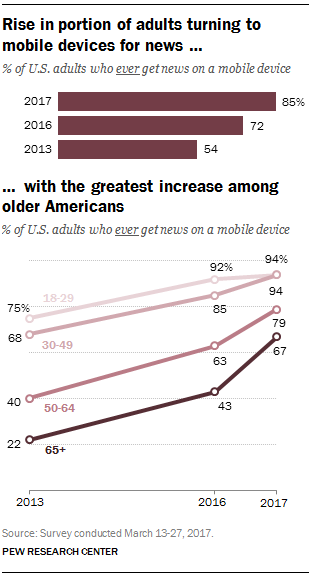 Mobile devices have rapidly become one of the most common ways for Americans to get news, and the sharpest growth in the past year has been among Americans ages 50 and older, according to a
Mobile devices have rapidly become one of the most common ways for Americans to get news, and the sharpest growth in the past year has been among Americans ages 50 and older, according to a 